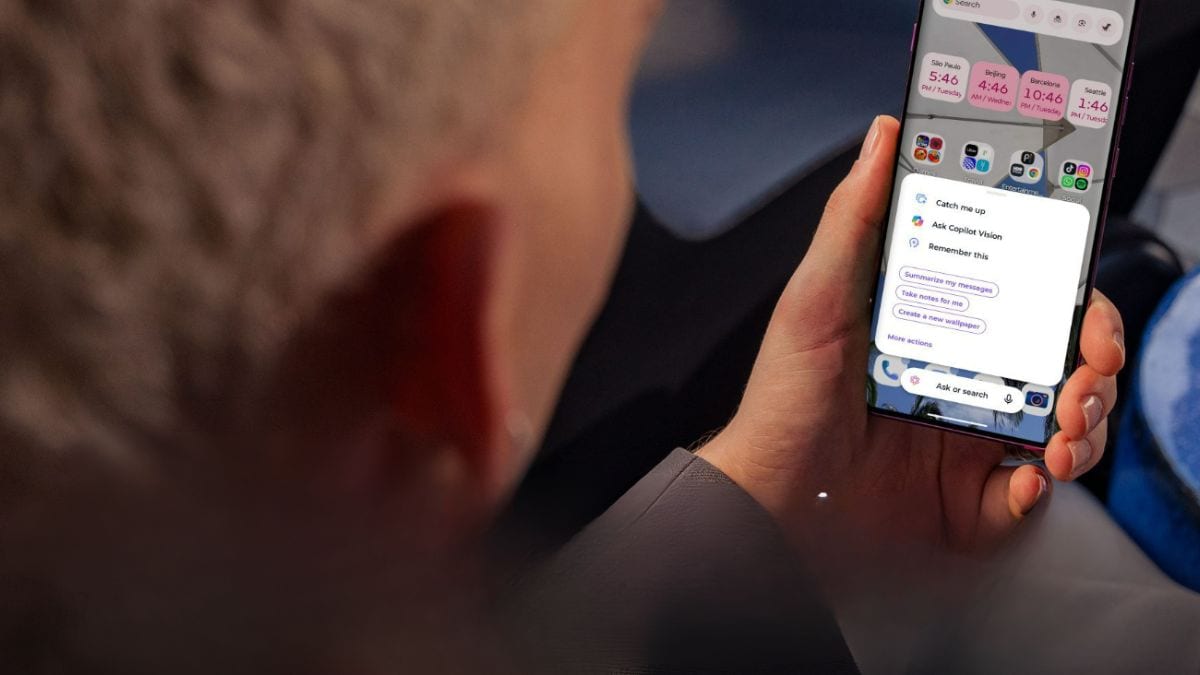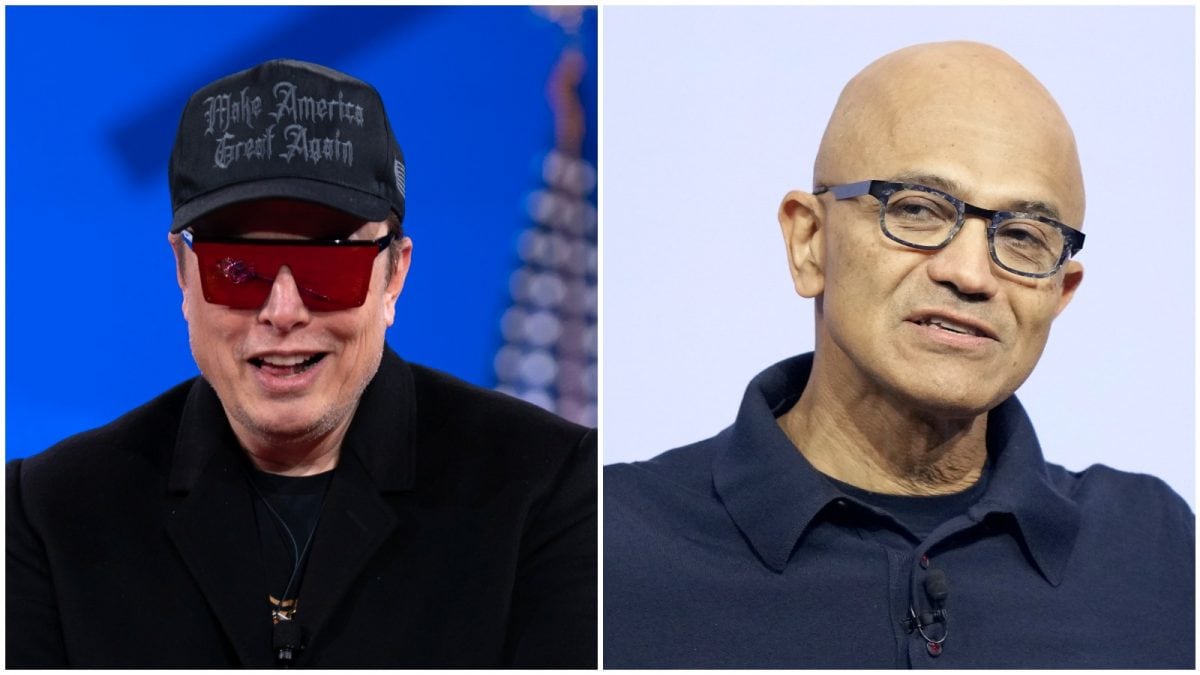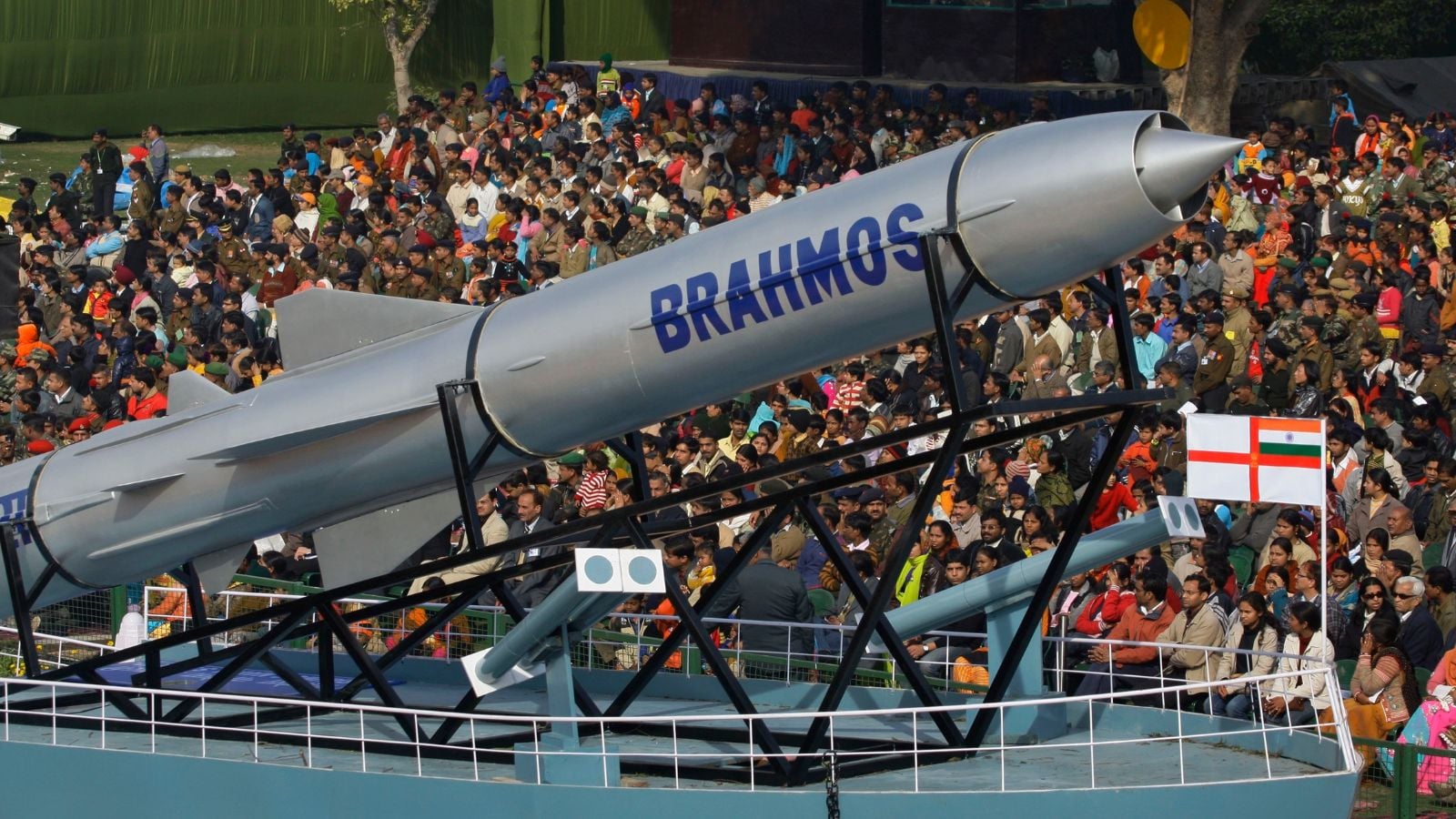ARTICLE AD BOX
Last Updated:August 14, 2025, 17:04 IST
In Delhi, the Constituent Assembly met in the evening, planning to continue till midnight to witness India’s independence, with final preparations focused on August 14

Large crowds gathered around Parliament as the Constituent Assembly prepared to declare independence at midnight. (AI Generated/News18 Hindi)
On August 14, 1947, India was a nation on edge, bustling with activity as the division of armies and allocation of resources took center stage. Government offices and ministries saw officials working tirelessly, their efforts marked by exhaustion and urgency. As midnight approached, the subcontinent stood on the brink of a historic split, giving birth to two nations, India and Pakistan. Amid pockets of violence and uncertainty, the anticipation and excitement of impending independence electrified the air.
Chaos and restlessness permeated everywhere, especially among officers and clerks in the Central Secretariat, North Block, South Block, and the Revenue Department. Detailed lists for the division of papers, files, maps, seals, stamps, and even government vehicles were being meticulously prepared. The temporary cabinet of the Government of India convened its final meetings in their respective ministries.
On August 14, 1947, a crucial telegram was dispatched from Delhi military headquarters to every military camp in India and Pakistan. This marked the last order from the British Indian Army’s commander. Following this directive, the armies were completely separated. In Karachi, Lord Mountbatten signed the order for the transfer of power, effective from midnight.
The British Parliament had already passed the Indian Independence Act on 15th July 1947, which would come into effect in a few hours, marking a historic change. This day was the final chapter of British rule in India and the last day for the British Indian Army’s orders.
Who Was The Busiest?
The busiest individuals were Lord Mountbatten and Jawaharlal Nehru. Mountbatten, tasked with transferring power to Pakistan and India, oversaw every ceremonial and administrative step, monitored Nehru’s cabinet meetings, and prepared for the swearing-in ceremony. He met with leaders continuously and finalised his historic speech.
Rajpath and Red Fort were adorned for the celebrations, and preparations were underway to record and broadcast Nehru’s “Tryst with Destiny" speech at midnight on 15th August.
Telegram Orders Reached All Army Camps
A concise telegram reached top officers across British Indian Army cantonments in India and Pakistan. Field Marshal Claude Auchinleck issued the final order. The one-line order stated, “All orders of the Indian Army are cancelled from today. This is the final order of the British Indian Army."
Division Of Armies Between India And Pakistan
The Indian and Pakistani armies were formally separated. At that time, the British Indian Army comprised 400,000 Indian soldiers, spread across India and Pakistan. The division allocated 260,000 Hindu-Sikh soldiers and officers to the Indian Army and 140,000 Muslims to Pakistan. The Gorkha Brigade was also split, with some battalions joining the British Army and others remaining in India.
Pakistan Declares Independence
Lord Mountbatten was in Karachi to officiate the transfer of power, signing the documents with Pakistan’s elected Governor General, Mohammad Ali Jinnah, and addressing the Pakistan Constituent Assembly. Although Pakistan’s independence was meant to commence from midnight on August 15, Jinnah declared it on the afternoon of August 14, despite the legal inaccuracy. The ceremony proceeded, the Pakistani flag was hoisted, and Mountbatten returned to India for its midnight celebration.
Evening Session Of Constituent Assembly Begins In Delhi
In Delhi, the Constituent Assembly convened in the evening, intending to continue until midnight to witness India’s transition to independence. Officially, the date was August 15, so preparations, celebrations, and final rituals were concentrated on the 14.
Large crowds gathered around Parliament as the Constituent Assembly prepared to declare independence at midnight.
Gandhiji Was In Calcutta
Gandhiji was in Calcutta, away from Delhi, witnessing India’s independence from a simple house. Days earlier, communal riots had engulfed the city, but his presence gradually helped restore peace amid lingering tension.
Hansa Mehta Presented Tricolour To Constituent Assembly
Hansa Mehta presented the national flag, the tricolour, to the Constituent Assembly on behalf of Indian women, delivering a speech on the occasion. Although the Union Jack still flew over Parliament and other locations, it would soon be replaced by the tricolour.
Tension In Punjab And Bengal
Tension was rife in Punjab and Bengal as border uncertainty persisted, with the Radcliffe Line report yet to be released. People anticipated which areas would belong to which country, leading to migrations, riots, and looting. Refugee-laden trains departed from Lahore and Amritsar, while police and army units were deployed to mitigate the violence, though unrest continued. Overall, the situation in riot-affected areas was dire, with residents fleeing their homes in search of safety.
view comments- Location :
- First Published:
August 14, 2025, 17:04 IST
News india 14 August 1947: India On The Brink Of Independence, Who Worked The Most That Day?
Disclaimer: Comments reflect users’ views, not News18’s. Please keep discussions respectful and constructive. Abusive, defamatory, or illegal comments will be removed. News18 may disable any comment at its discretion. By posting, you agree to our Terms of Use and Privacy Policy.
Read More



.png)
.png)
.png)
















 3 days ago
7
3 days ago
7







 English (US) ·
English (US) ·